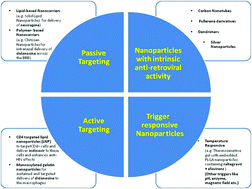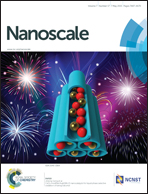Smart nanoparticles as targeting platforms for HIV infections
Abstract
While Human Immunodeficiency Virus (HIV) infections are reducing in incidence with the advent of Highly Active Anti-retroviral Therapy (HAART), there remain a number of challenges including the existence of reservoirs, drug resistance and anatomical barriers to antiretroviral therapy. To overcome these, smart nanoparticles with stimuli responsive release are proposed for delivery of anti-retroviral agents. The paper highlights the strategic similarities between the design of smart antiretroviral nanocarriers and those optimized for cancer chemotherapy. This includes the development of nanoparticles capable of passive and active targeting as well as those that are responsive to various internal and external triggers. For antiretroviral therapy, the relevant triggers for stimuli responsive release of drugs include semen, enzymes, endosomal escape, temperature and magnetic field. Deriving from the experience of cancer chemotherapy, additional potential triggers are light and ultrasound which remain hitherto unexplored in HIV therapy. In addition, the roles of nanomicrobicides (nanogels) and virus mimetic nanoparticles are discussed from the point of view of prevention of HIV transmission. The challenges associated with translation of smart nanoparticles for HIV infections to realize the Millennium Development Goal of combating HIV infections are discussed.


 Please wait while we load your content...
Please wait while we load your content...